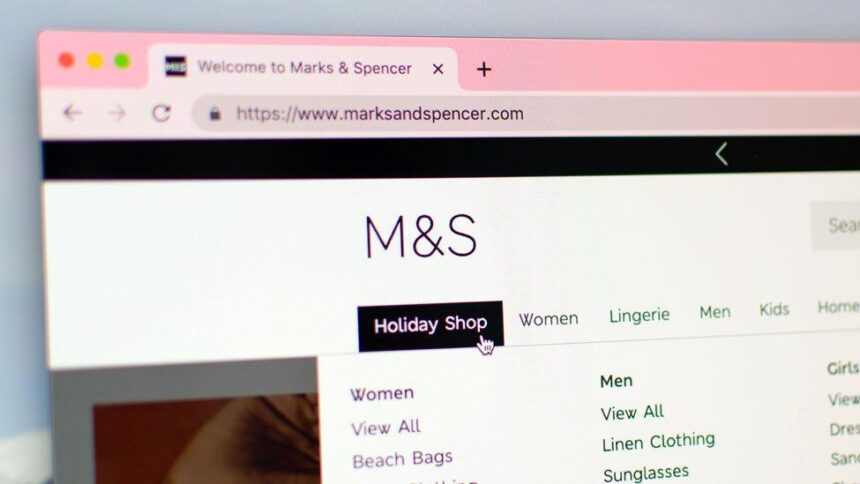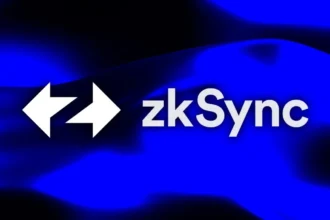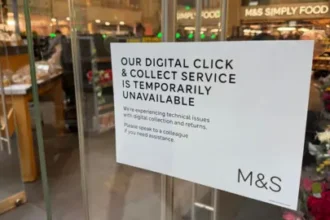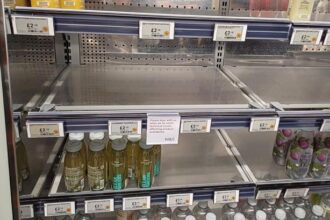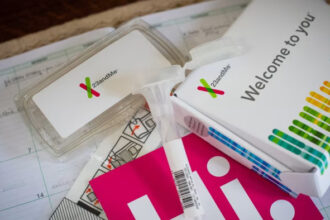Earlier today, Marks & Spencer (M&S) announced a major update. All online and app orders have been “temporarily paused.”
This meant customers could no longer place food delivery orders through the M&S website, buy clothing or homeware online, send gift orders or e-gift cards, or use subscription services. New Click & Collect orders were also paused.
M&S, a retailer founded in 1884, was suddenly operating like it was 1984—cash, clipboards, and chaos.
M&S began issuing refunds for purchases made from Friday, April 18, onwards, admitting that it could no longer guarantee delivery.
We are incredibly sorry for this inconvenience. Our team, supported by leading cyber experts, is working hard to bring services back online. We are grateful for your patience. — M&S
M&S’s communication strategy was struggling to keep pace with customer expectations. People wanted clarity, not just apologies.
This was more than a pause. It was a containment move—an attempt to stop further disruption by completely isolating the compromised infrastructure.
By pulling the plug on e-commerce, M&S essentially acknowledged that the damage wasn’t just cosmetic—it ran deep, possibly even into core systems like payment authentication, supply chain coordination, and customer accounts.
Internal sources suggest that around this time, data exfiltration tools were discovered—a hallmark of ransomware actors like Scattered Spider. Forensic teams intensified their sweeps, looking for indicators of compromise across everything from user profiles to virtual machines.
The decision to suspend all orders caused confusion, disappointment, and a flood of customer support requests.
Customers took to social media with questions like:
- I’ve already paid—what happens now?
- My Click & Collect parcel says it’s ready—can I still pick it up?
- My gift card isn’t working in-store either—what’s going on?
M&S tried to manage expectations through individual social media replies. They told customers that items marked “ready to collect” could still be picked up in-store. All parcels would be held safely until further notice—nothing would be returned or thrown out.
Gift cards, Sparks credit, and digital receipts remained offline, with no estimated time for a fix. And the absence of a central FAQ or live status page left many customers frustrated and unsure of what to expect.
Some customers said they’d been told gift cards were “working again” by store staff, only to be turned away. Others reported calling customer service lines only to sit on hold for an hour or more.
It’s not the attack that bothers me—it’s the lack of consistent messaging,” one shopper wrote on X.
Don’t tell me it’s fixed if it’s not.
However, many customers publicly praised in-store staff for handling the chaos with professionalism, patience, and courtesy. Some even brought chocolates and cards to thank their local teams.
Stopping online orders set off a ripple effect across the business. Warehouse activity was scaled back, and some fulfilment staff were reportedly sent home.
With no new orders coming in, supply chain processes were put on hold. Teams had to switch to manual systems for tracking stock, managing orders, and handling returns, slowing everything down.
By the end of the day, M&S shares had fallen by about 5%, wiping over £300 million off the company’s value.

